If you have a new house or a home built after 1996 with a 4-prong outlet, and you are using an older dryer, which is a 3-prong dryer plug. This adapter cord will help you connect your 3-prong dryer cord to your 4-prong dryer outlet. The difference between the 3-prong and 4-prong outlet is the ground pin. For your dryer to be grounded, please follow the instructions below:
1. Unscrew one of the screws on the outside of the metal dryer case. It can be any one of them, so long as it is touching the metal dryer case. Place the ring terminal on the screw, screw it back into the metal dryer case, and tighten.
2. Grab the grounding pin on the green 5-foot cable and plug it into the grounding hole in any regular household outlet near your dryer.

3. Plug in both ends of the adapter; the 3-prong plug from your dryer into the 3-prong end of this adapter, and the 4-prong plug into the dryer outlet in the house.

4. If a household outlet is unavailable, you can ground your dryer using a heavy-duty metal clamp (Not Included), just clamp the grounding pin to a nearby metal pipe.

(4) Ground Pin Clamped Using Hose Clamp.
5. You can also use an adjustable galvanized hose clamp (Not Included) to attach the grounding pin to a nearby metal pipe. Use a screwdriver to tighten the clamp over the pin.

6. You can also remove the pin and attach a 12-10 AWG ring terminal (Not Included). With a self-drilling metal screw, you can attach the ring terminal to a part of your home’s metal frame.
WARNING!!
IF THE GROUNDING PIN IS NOT INSERTED INTO THE HOUSEHOLD OUTLET AND THE RING TERMINAL IS NOT CONNECTED AND TOUCHING METAL, YOUR DRYER WILL NOT BE GROUNDED.
**In 1996, the National Electric Code was updated to require 4-prong dryer outlets in ALL new homes.
DOWNLOAD THE 3-PRONG ADAPTER USER MANUAL HERE
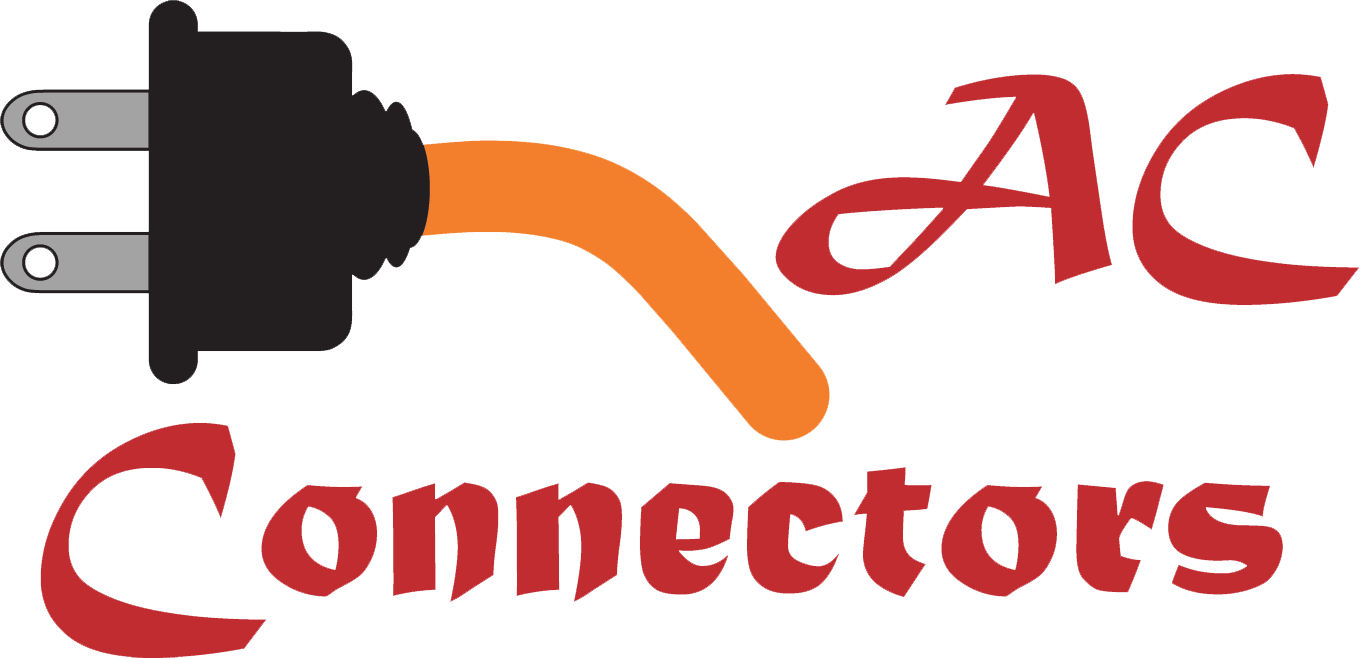
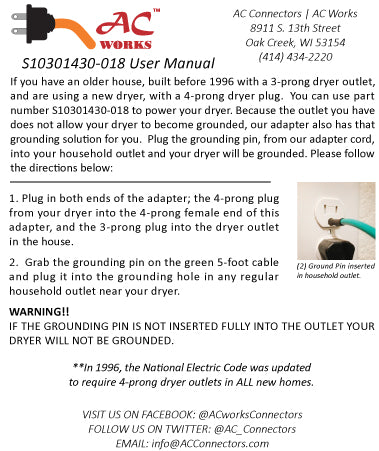
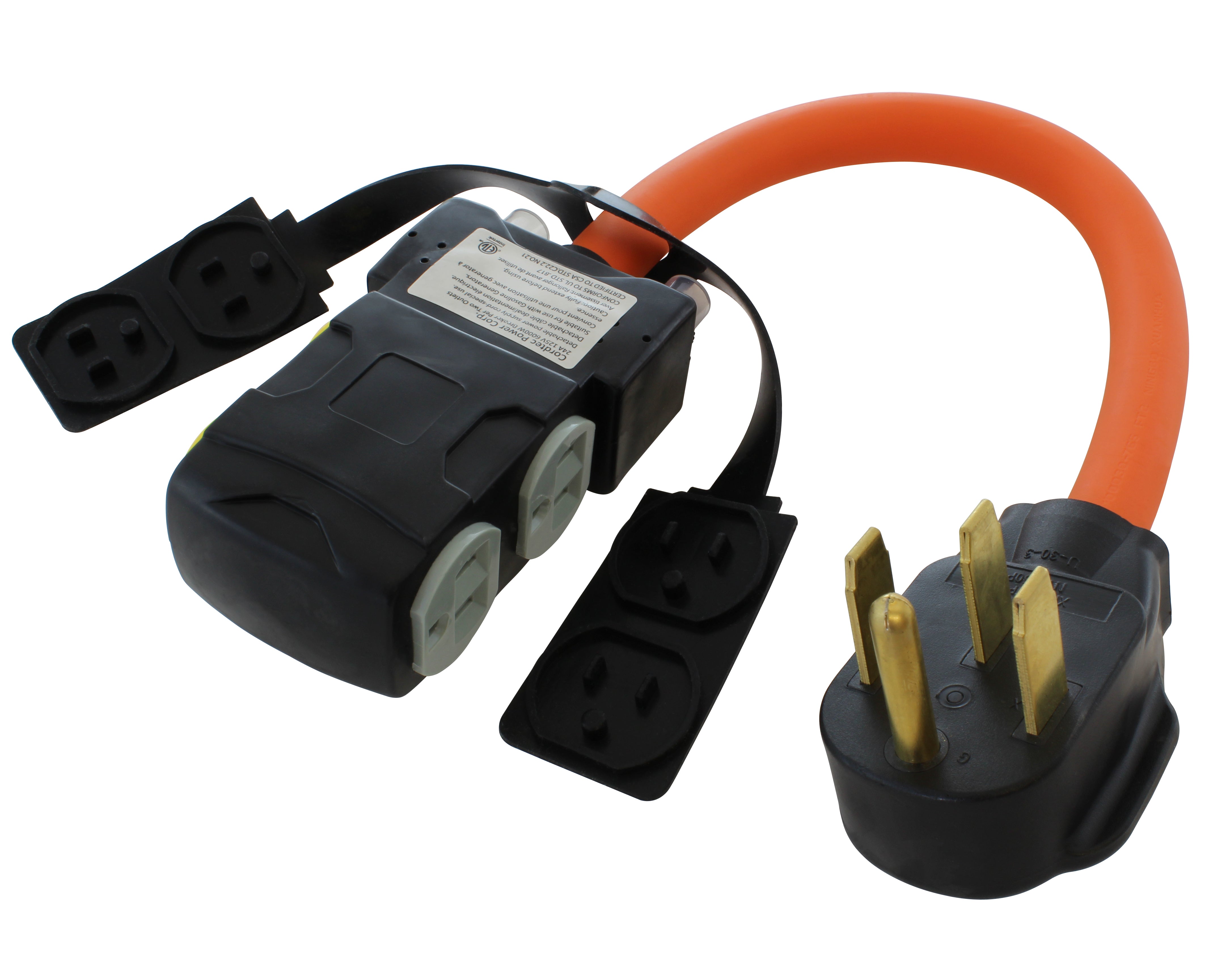
![AC WORKS® [ASINSS2PBX-G] 50A Locking 4-Wire CS6375/ SS2-50 Heavy-Duty Transfer Switch Inlet Box](http://acworks.com/cdn/shop/files/ASINSS2PBX-0_0206b362-7c90-42a5-8754-0685c13dab7e.jpg?v=1758051675&width=2500)
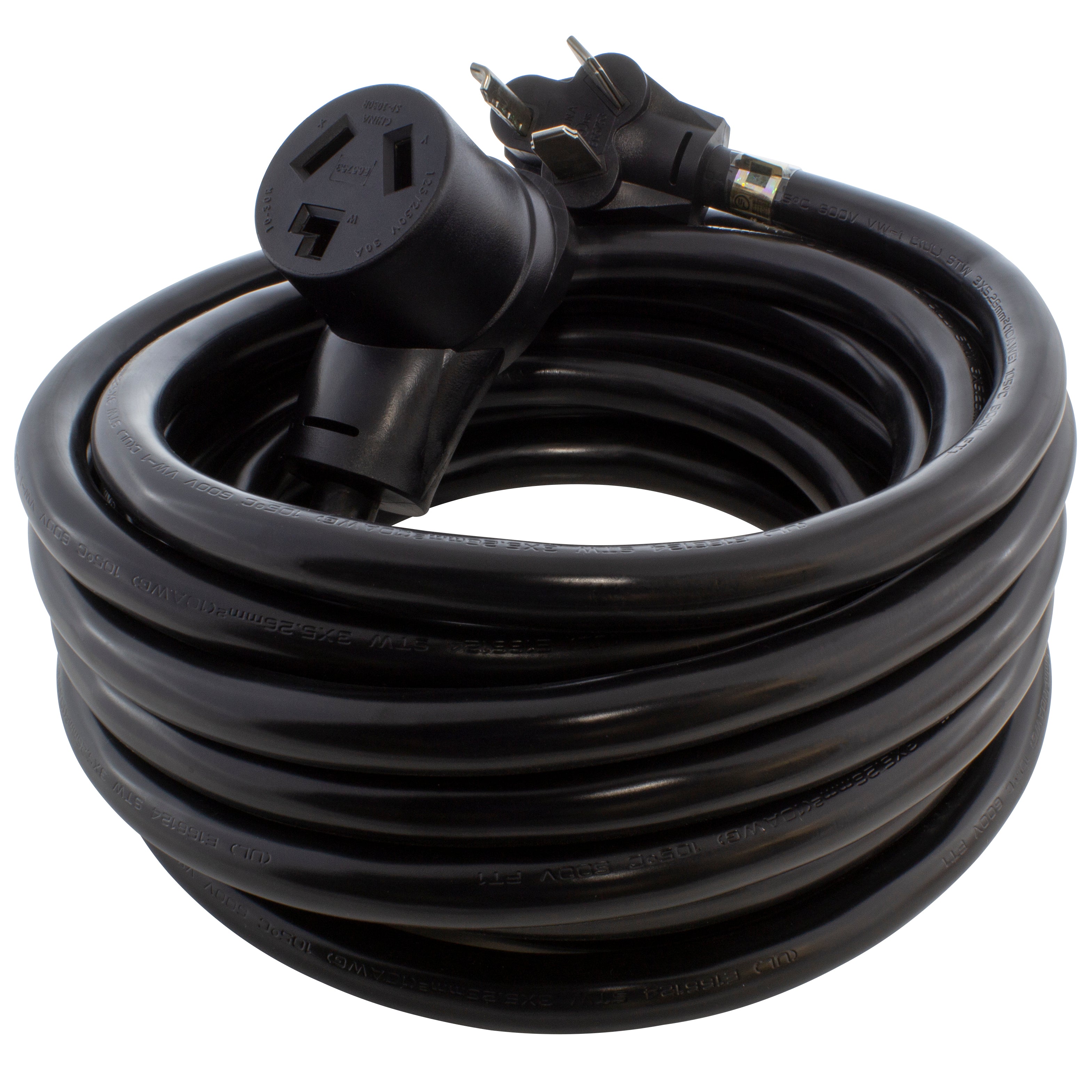
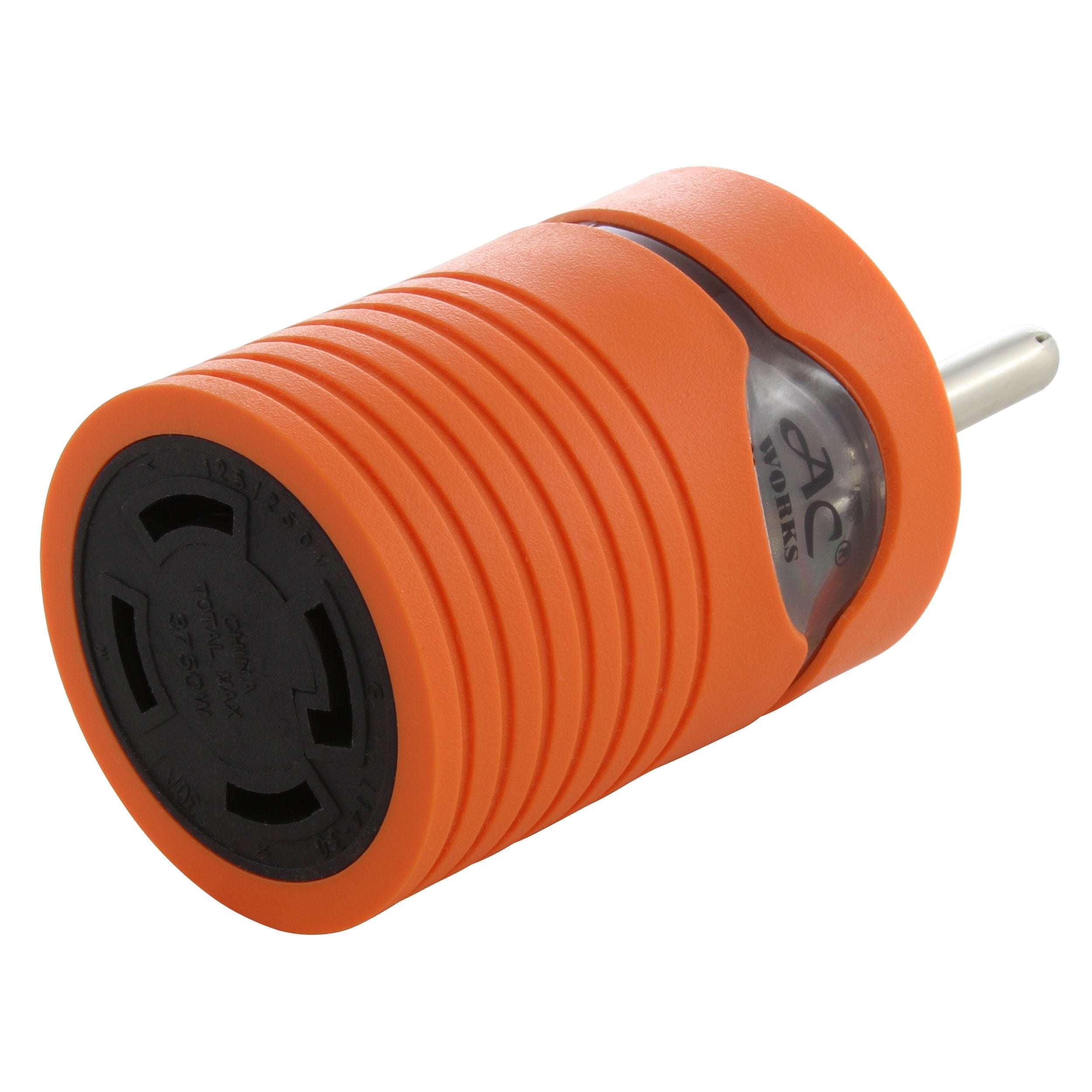
![AC WORKS® [S1430CBF520] 1.5FT 14-30P 4-Prong Dryer Plug to (4) Household Outlets with 24A Breaker](http://acworks.com/cdn/shop/products/S1430CBF520.jpg?v=1666103519&width=4656)
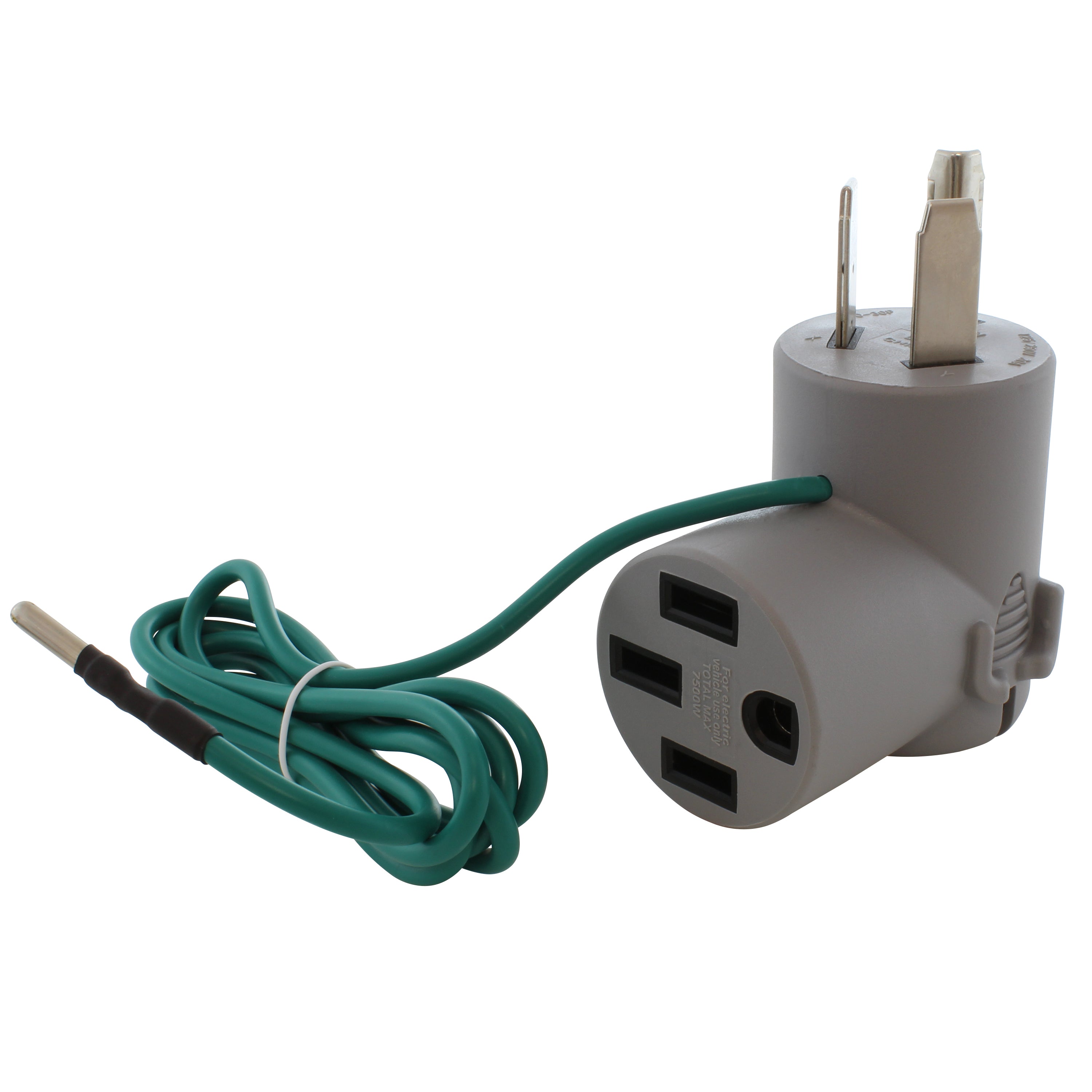
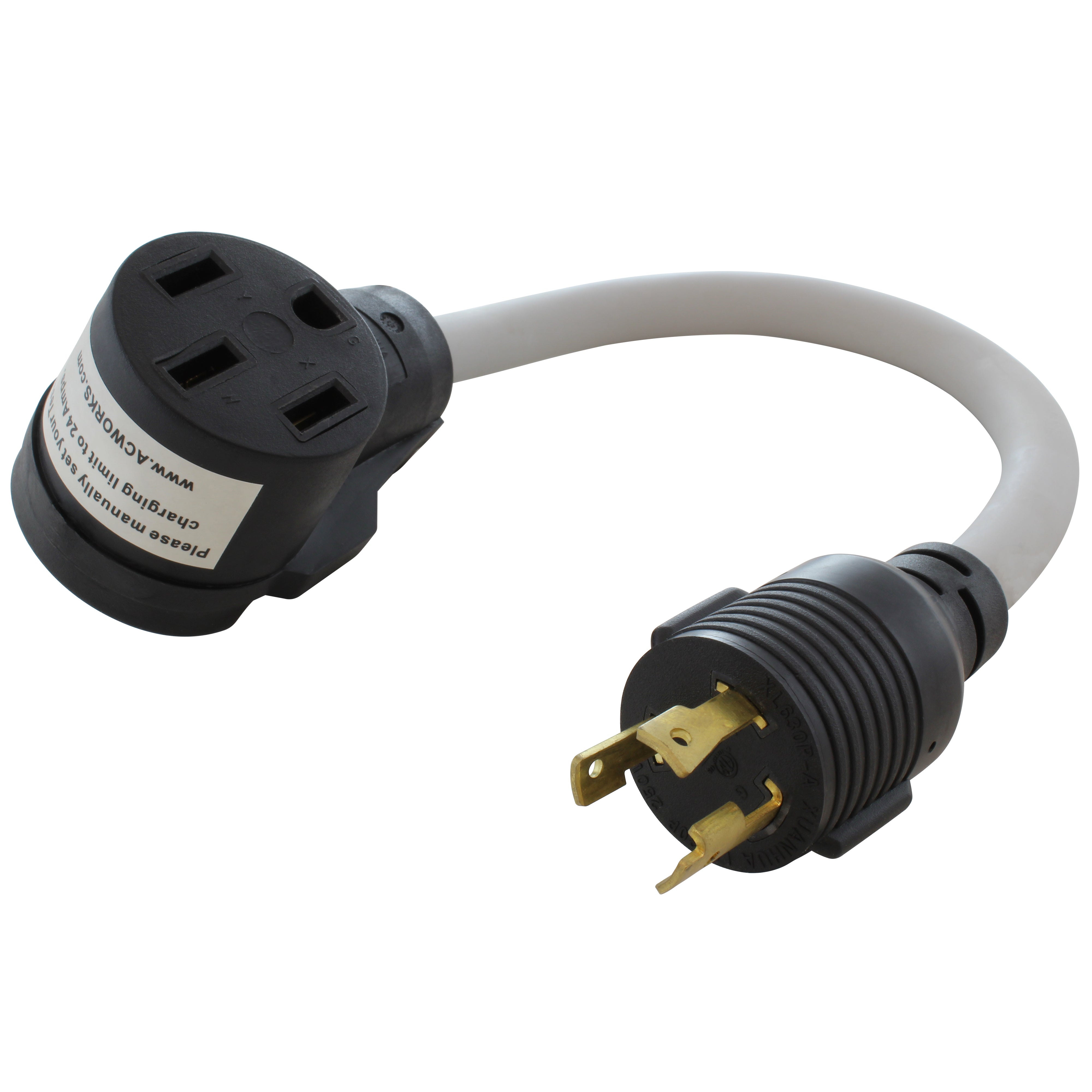
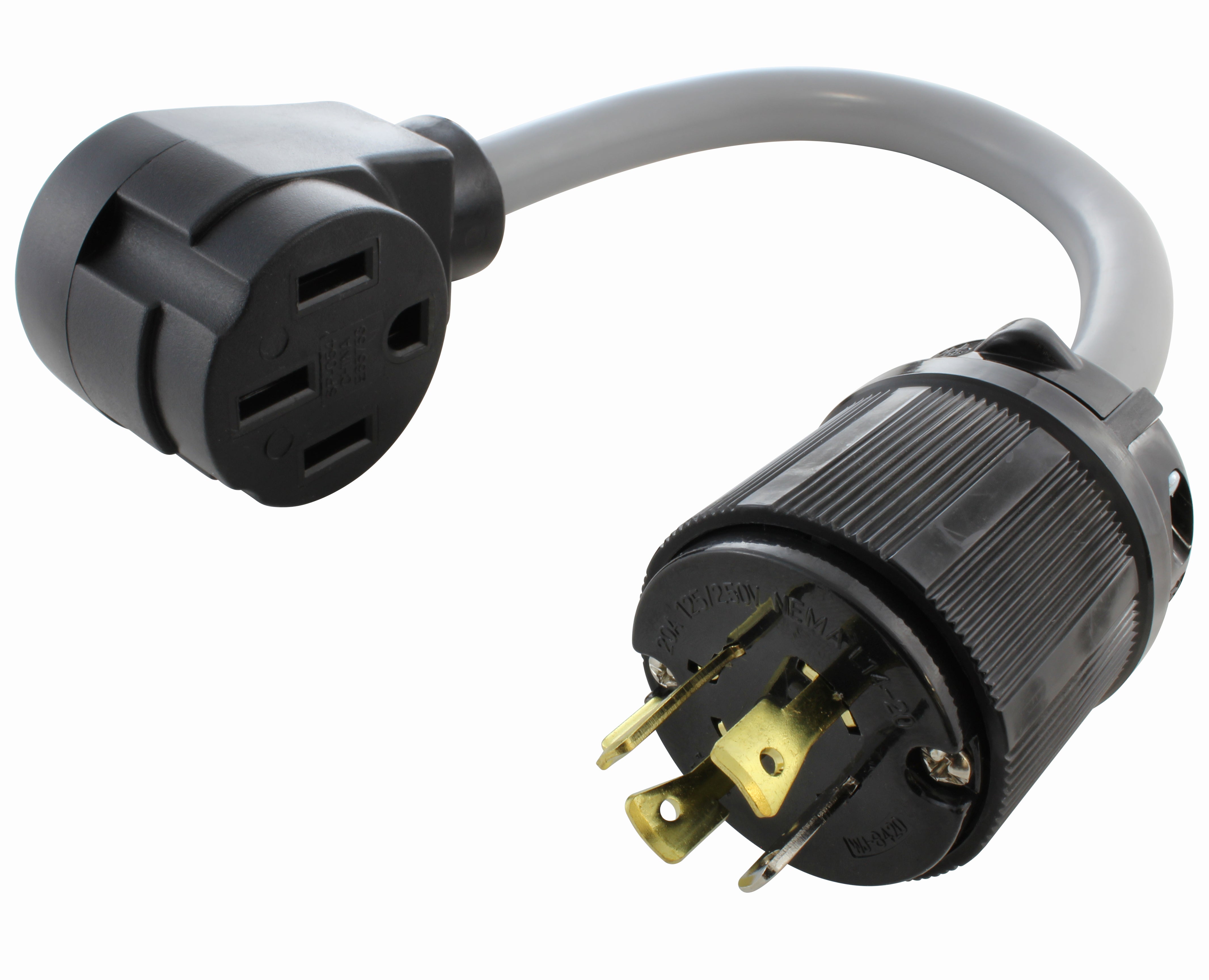
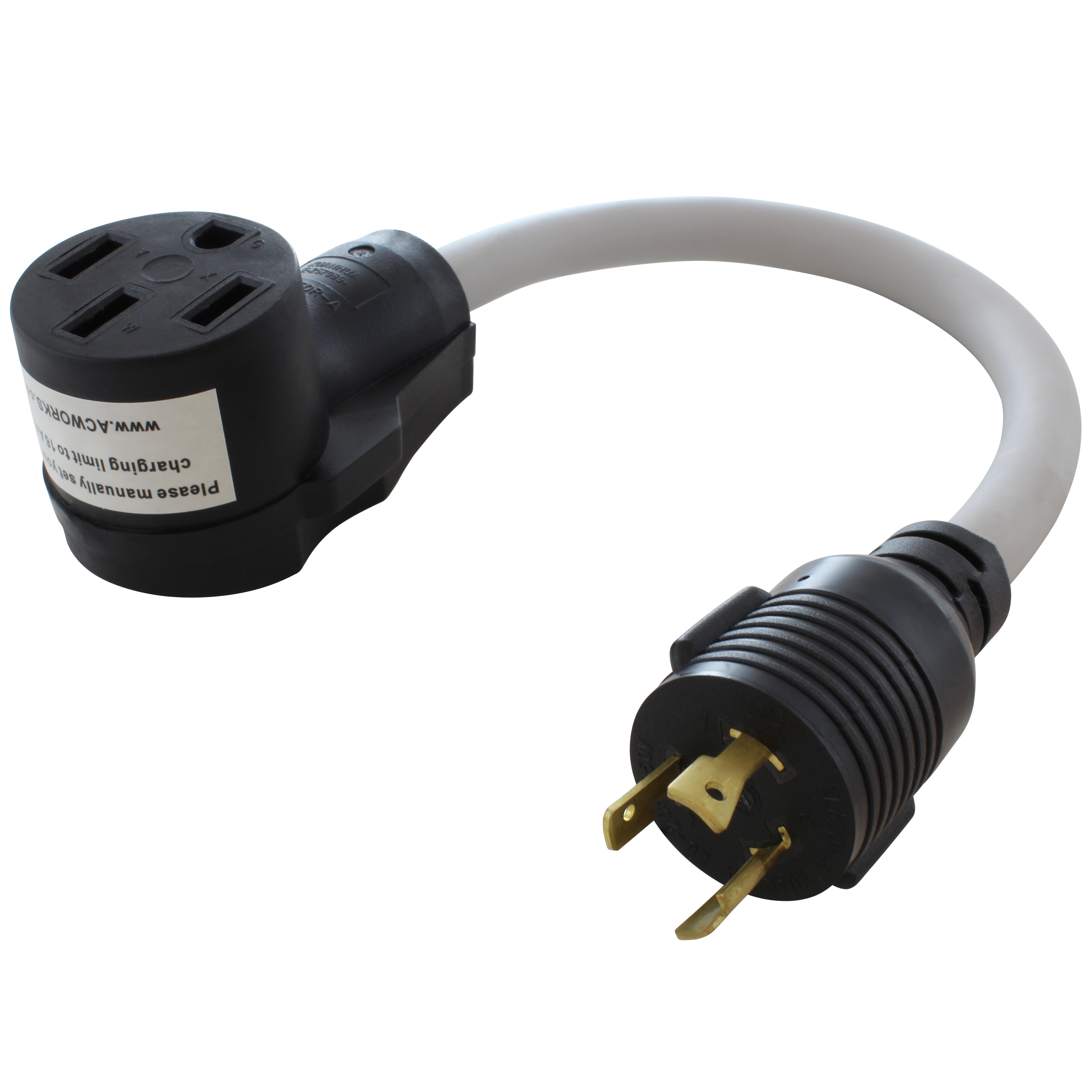
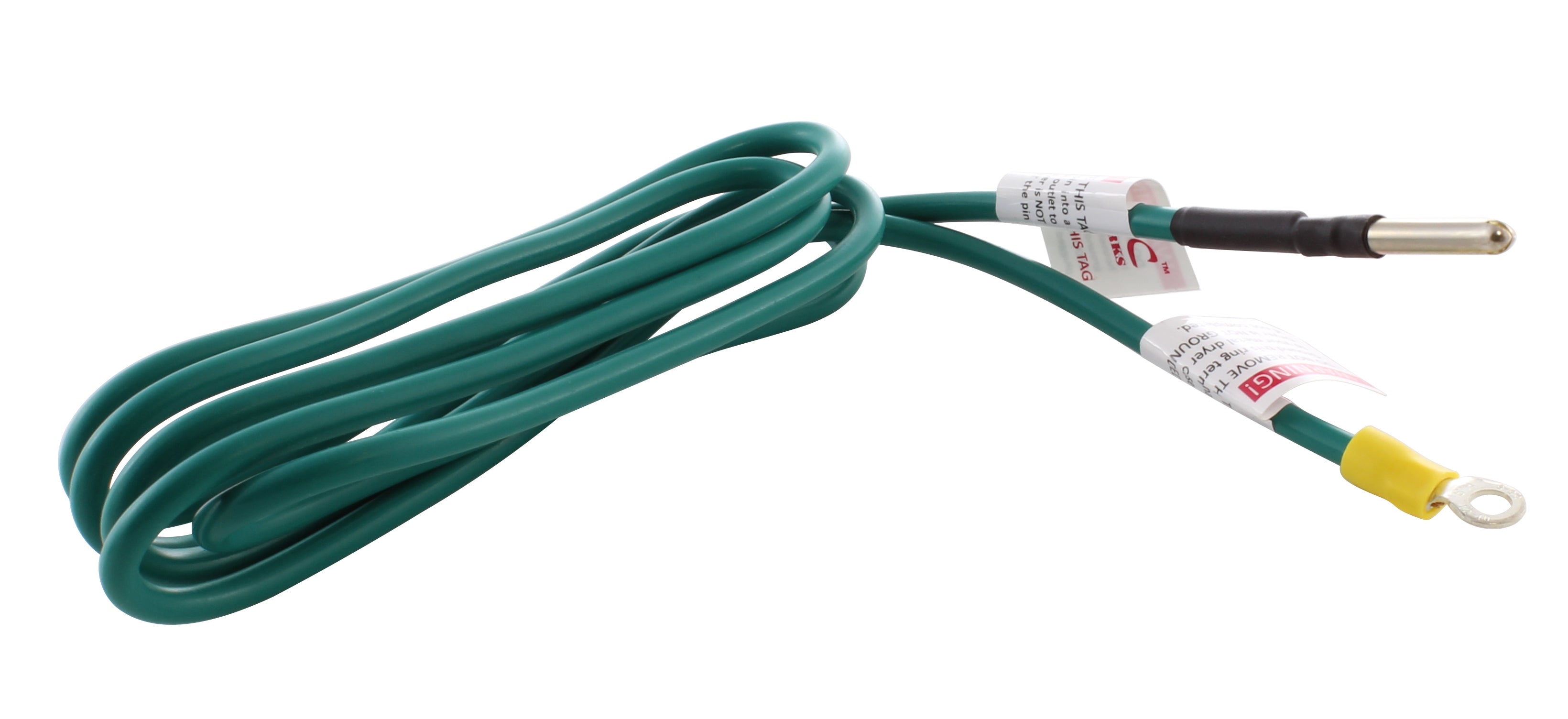
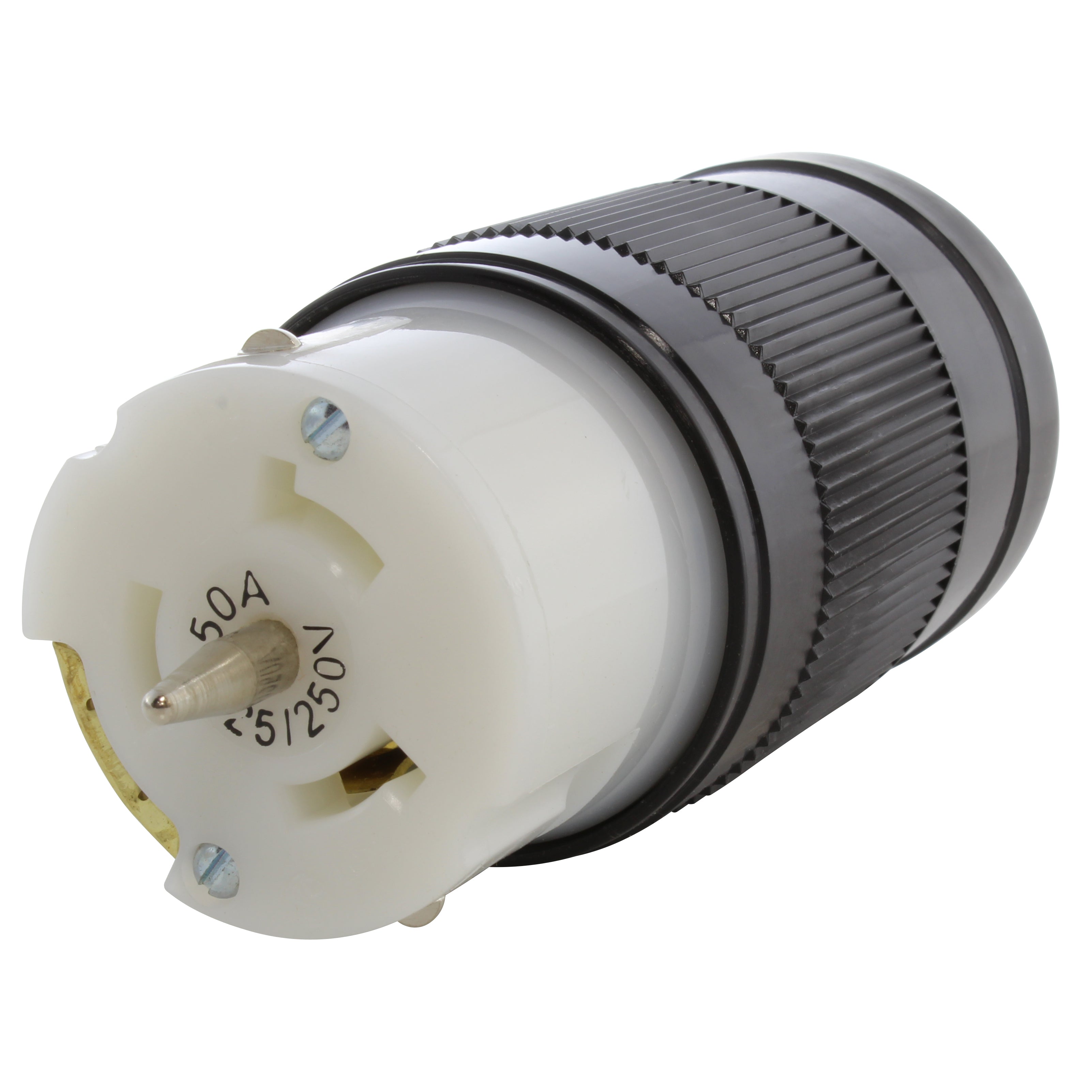
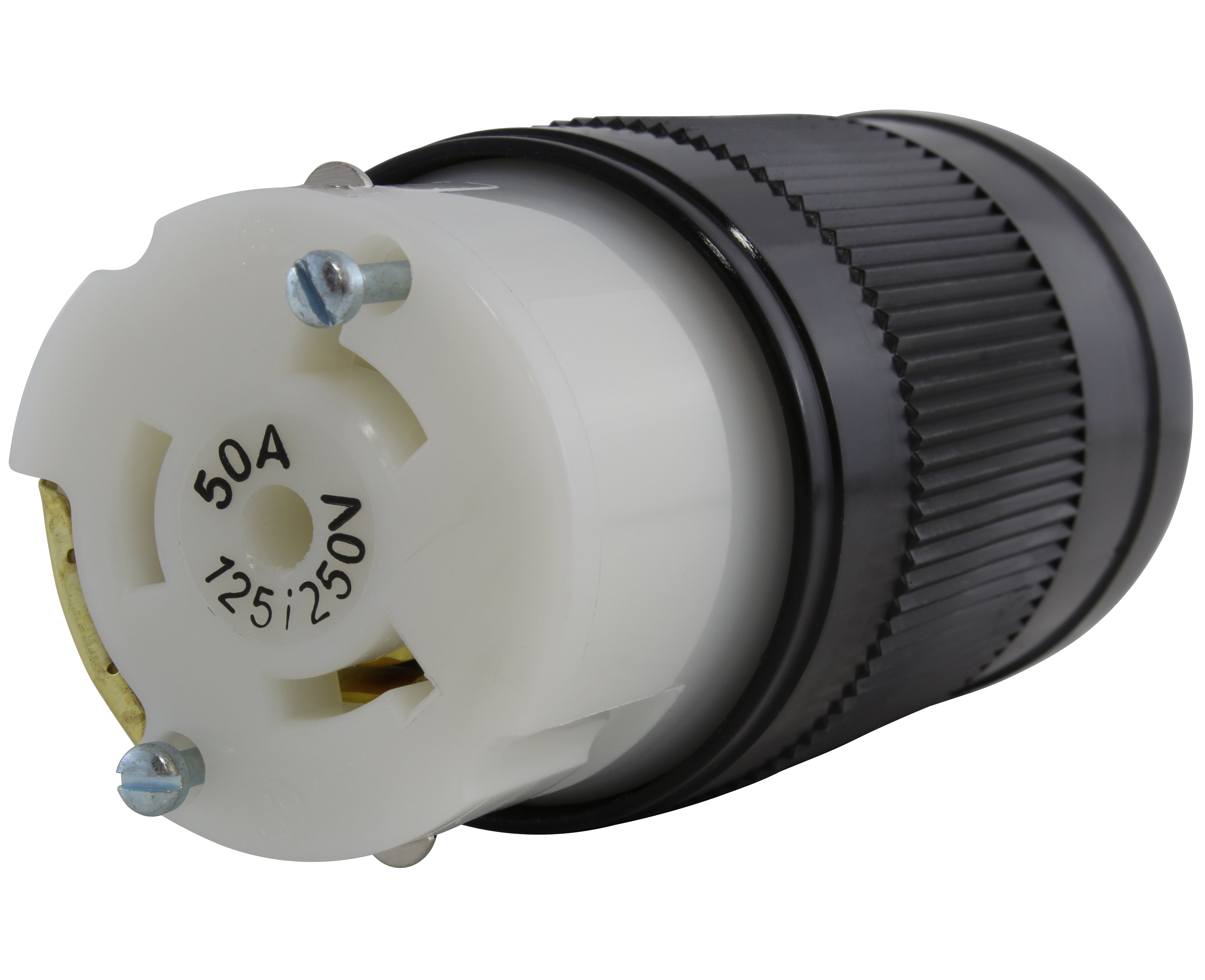
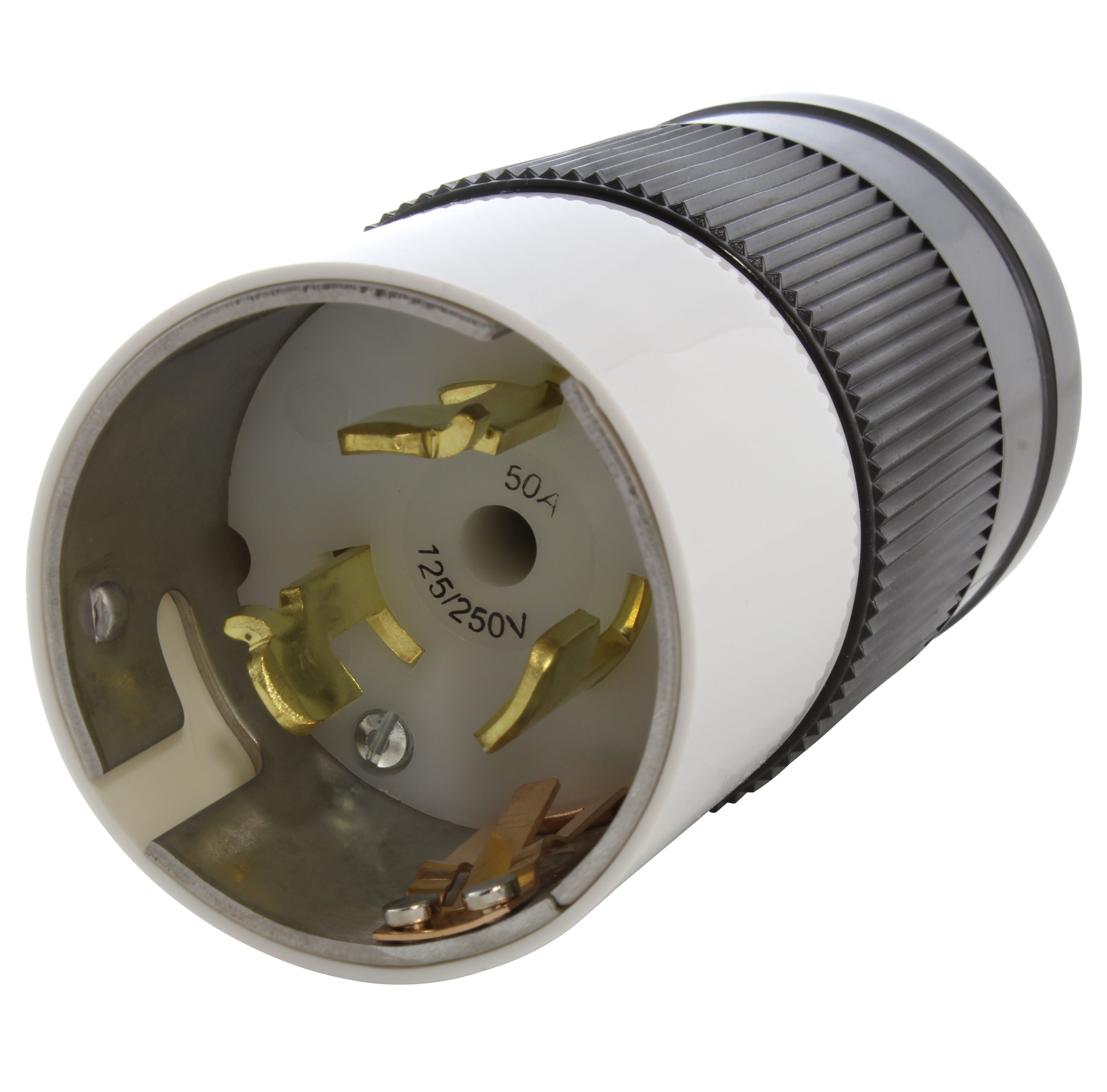
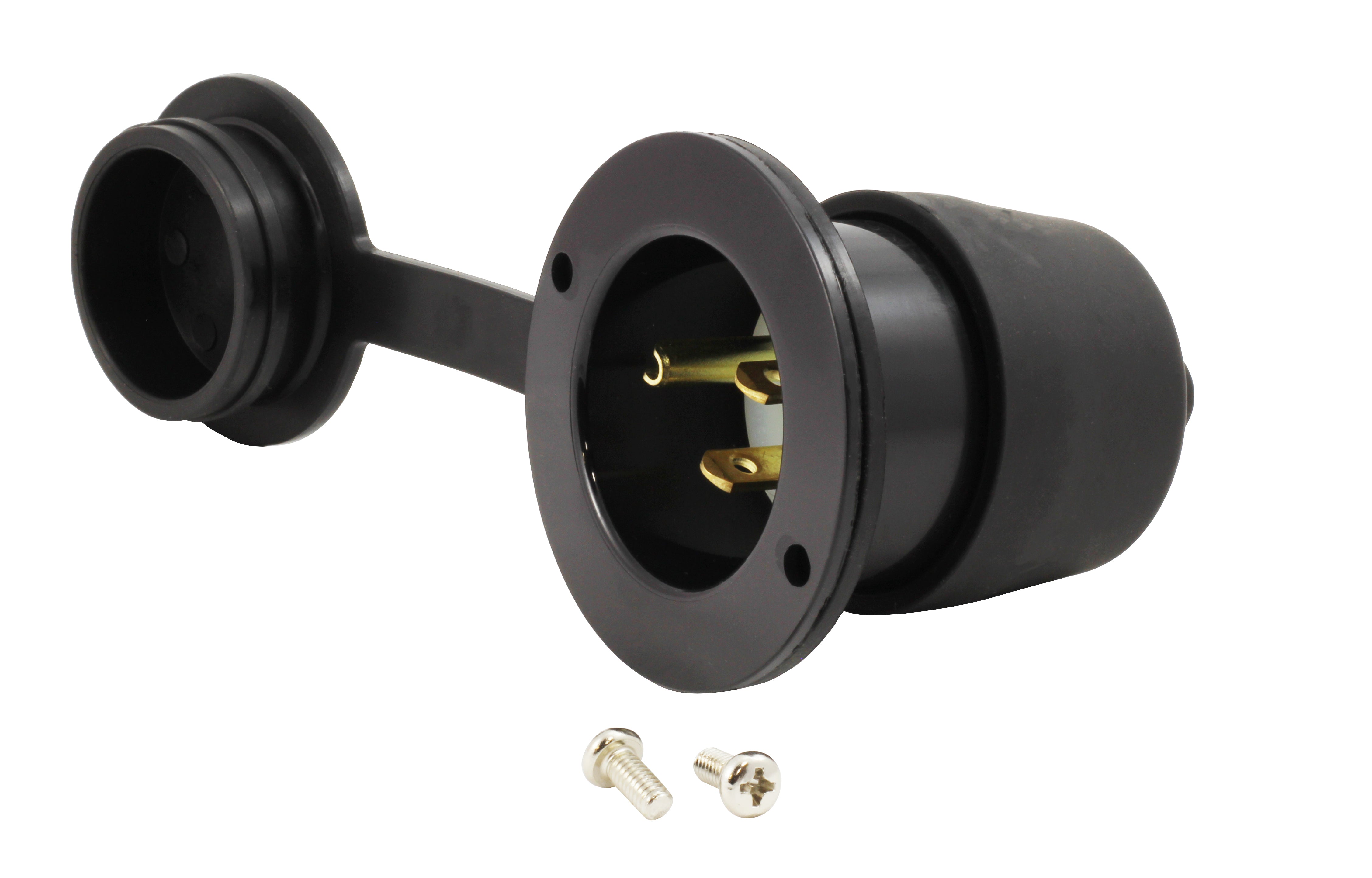
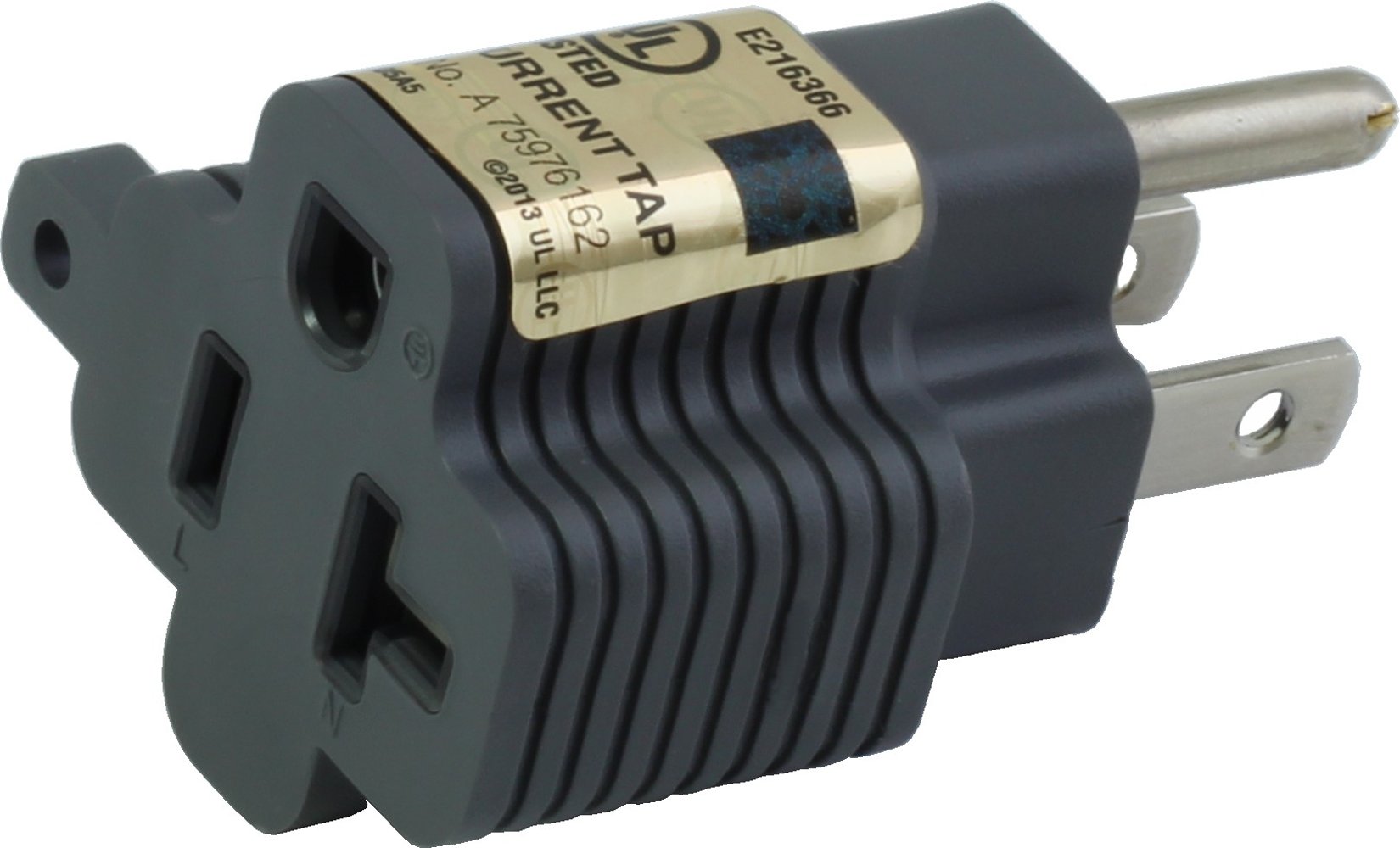
![AC WORKS® [ADV104] 3-Prong Heavy-Duty V-DUO Household Outlet Adapter](http://acworks.com/cdn/shop/products/ADV104-0.jpg?v=1605738768&width=3128)
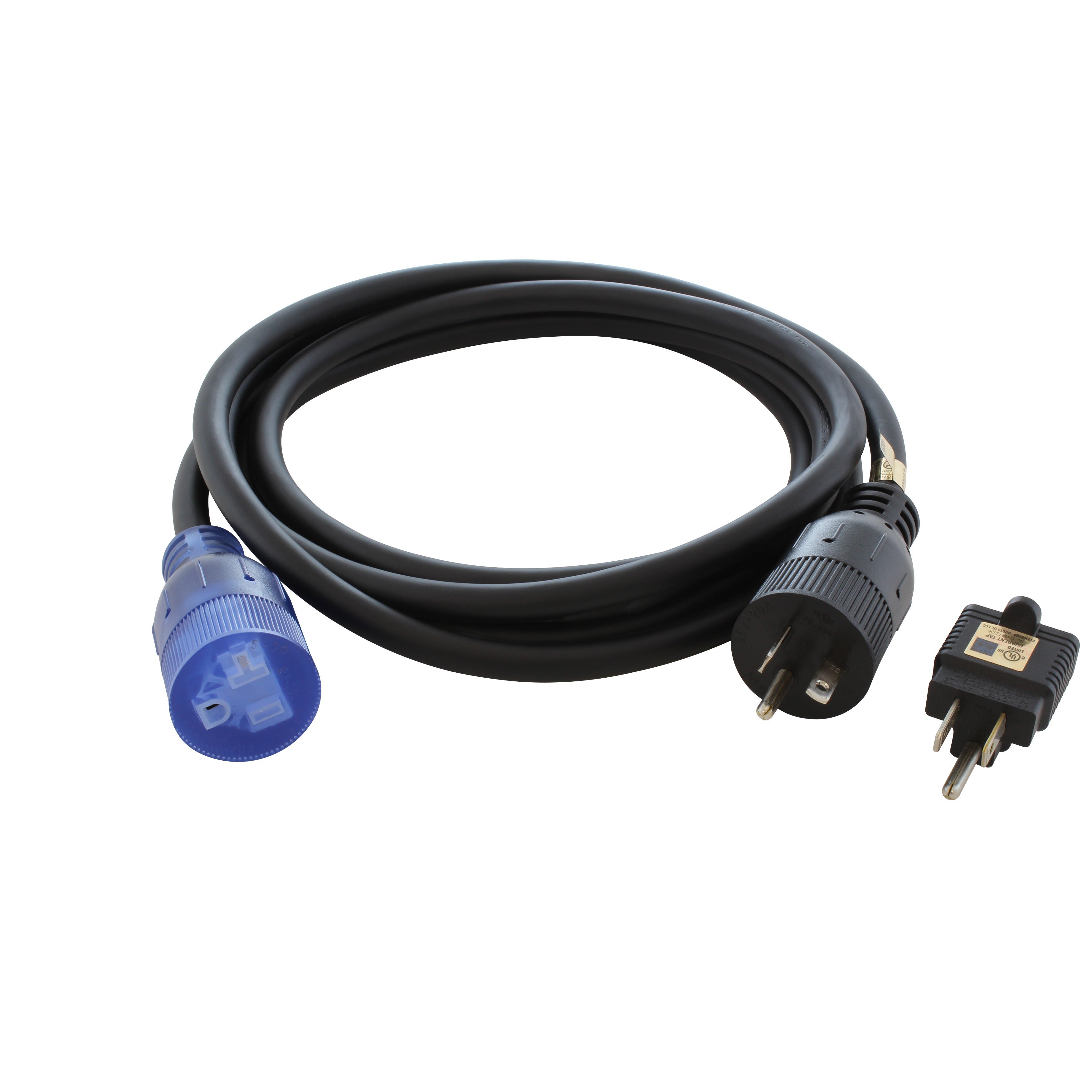
![AC WORKS® [XH515520] 15A to 15/20A 125 Volt Plug Adapter with ETL Safety Approval](http://acworks.com/cdn/shop/files/XH515520-0_daea425a-f439-48df-bb75-052167057f12.jpg?v=1729091519&width=2500)
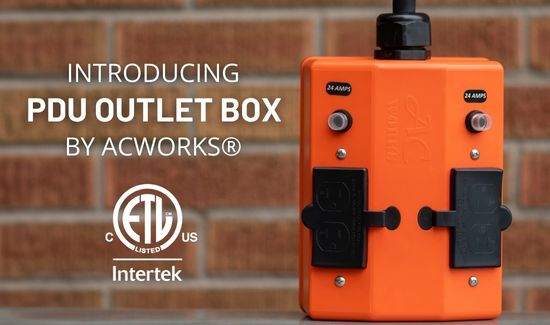

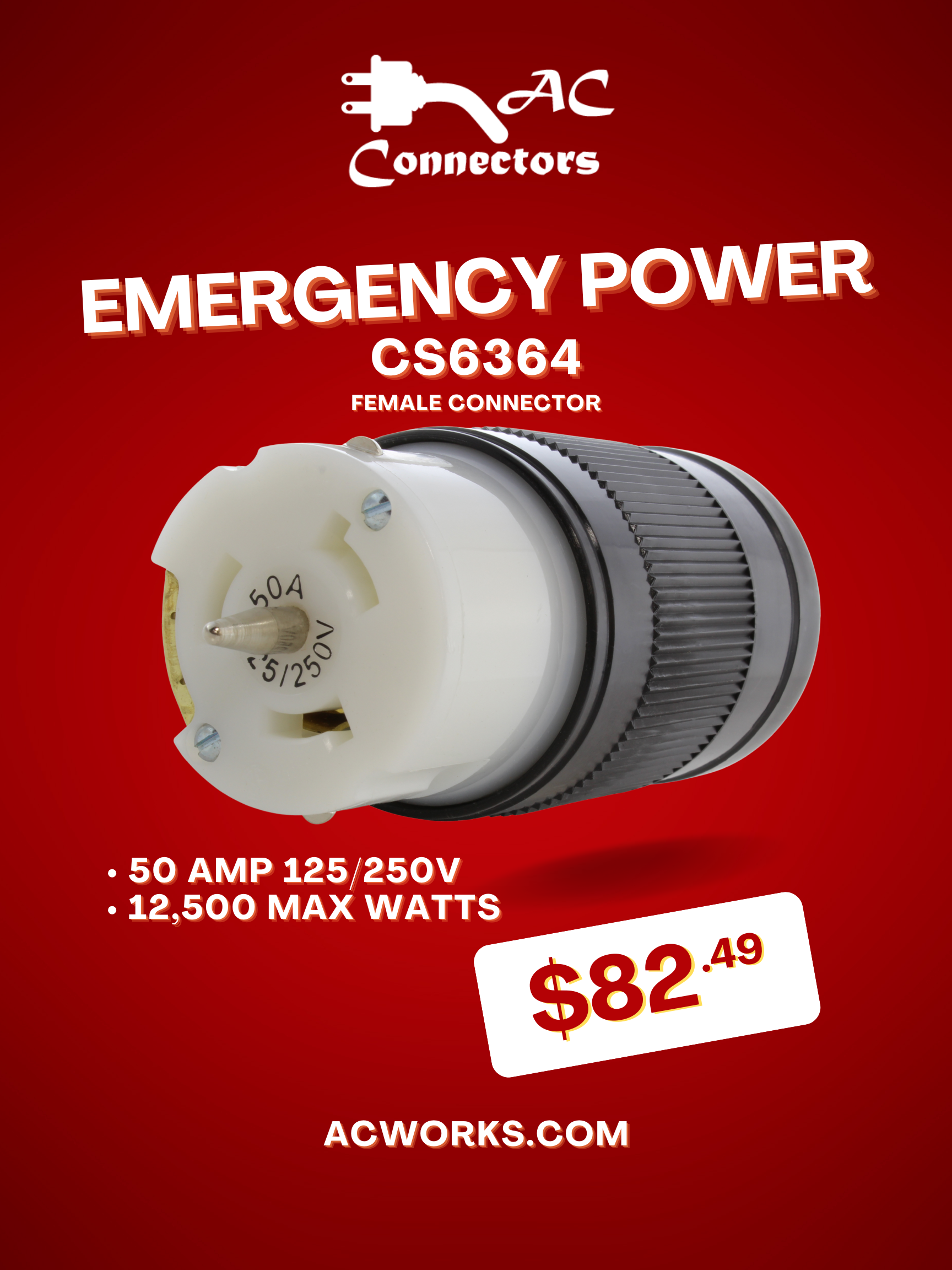
Share:
Download: Compact Adapter Product Sheet
Download: Summer Product Sheet